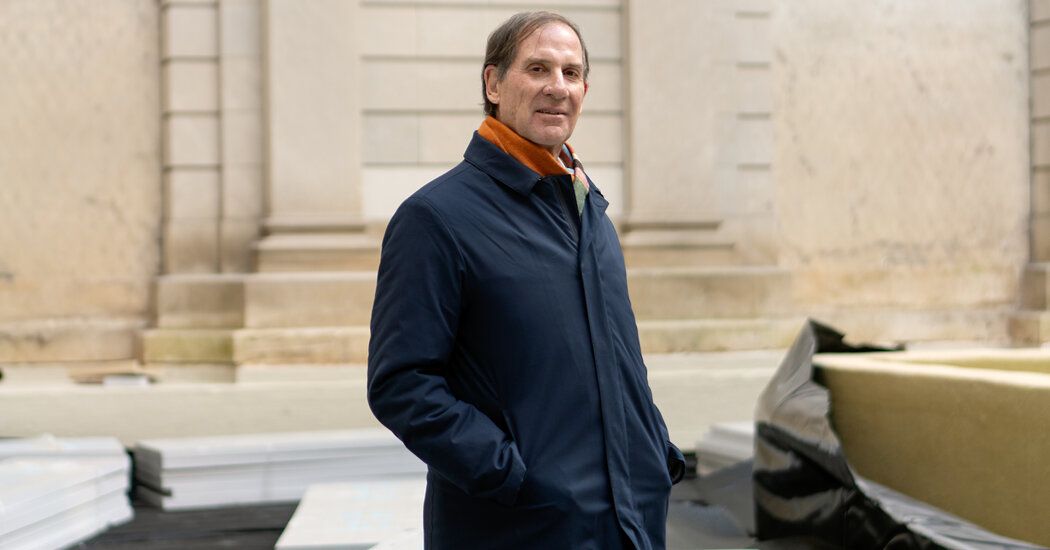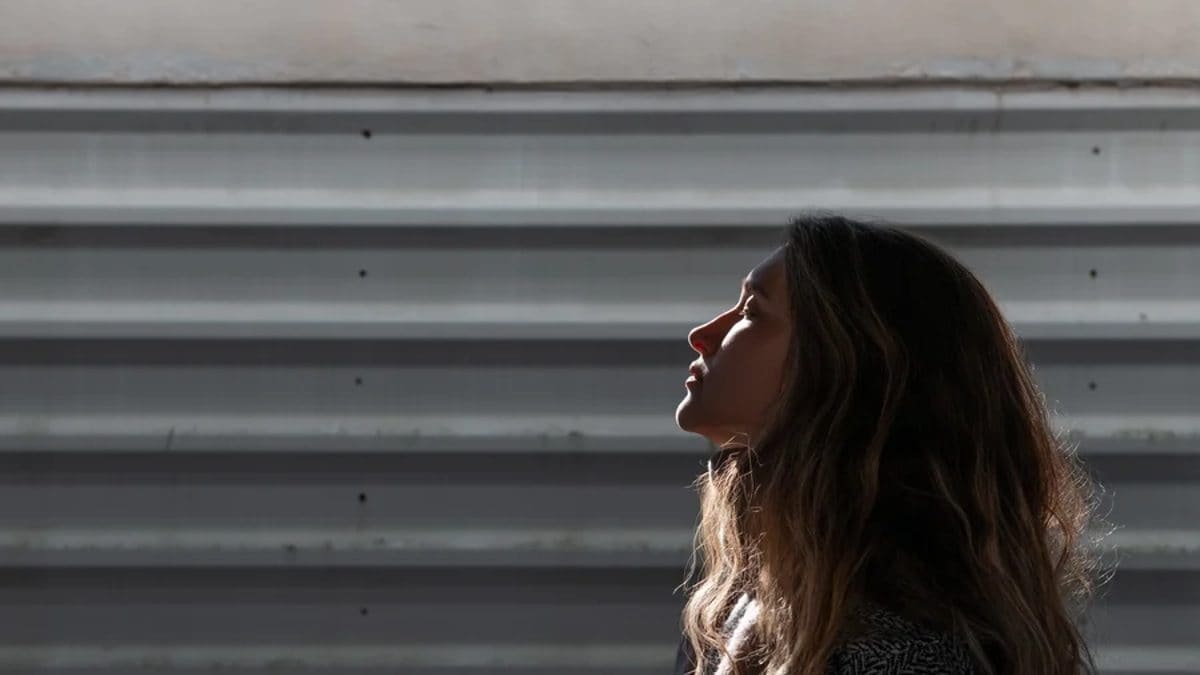After 14 years running the Frick Collection, during which this art museum finally undertook a controversial expansion of its Gilded Age mansion on Fifth Avenue (and took up temporary residence in the modernist Breuer Building on Madison Avenue), its director, Ian Wardropper said he will retire next year.
“My goal is to leave the institution in good shape programmatically and financially and that will be the case,” Wardropper, 72, said in a telephone interview. “I hope I can hand it over to someone with new ideas.”
The announcement is the latest in a series of major resignations by longtime leaders of major museums, including the Guggenheim, the Philadelphia Museum of Art, the San Francisco Museum of Modern Art and the Whitney Museum of American Art. Additionally, the contract of Glenn D. Lowry, MoMA’s longtime director, expires next year.
These leadership transitions have presented cultural institutions with the opportunity – or even the mandate – for a reset, particularly at a time when job descriptions have become increasingly complex and concerns about diversity have become more urgent. .
The Frick is especially associated with the past, given its historic collection of Old Masters such as Bellini, Rembrandt, Vermeer and Hals, as well as its location in the historic 1914 former residence of industrialist Henry Clay Frick, designed by Carrère and Hastings.
While many museums have adjusted their programs in response to the intense demand for contemporary art over the past decade, the Frick, under Wardropper’s direction, has steadfastly adhered to its founding principles to focus on masterpieces from the Renaissance to the turn of the century. XX.
Only recently, in its temporary home, the former Whitney Museum, did the Frick seem to loosen its tie, showing its Turners, Sargents and Fragonards alongside an exhibition dedicated to the black painter Barkley L. Hendricks (1945-2017), the first artist of color to have a solo exhibition at the museum since its founding in 1935.
The museum also recently presented “Living Histories: Queer Views and Old Masters” with four contemporary artists (Doron Langberg, Salman Toor, Jenna Gribbon and Toyin Ojih Odutola) offering works that address issues of gender and queer identity, narratives previously excluded in a Museum focused on European art.
“I had to talk to some of the trustees about it, since it was beyond what they considered Frick,” Wardropper said of the program. “But it attracted new audiences and new programs, opening up people’s ideas about what the Frick could be.”
Max Hollein, director of the Metropolitan Museum of Art, said Wardropper had demonstrated “diplomatic qualities” in bringing Frick to the present while honoring the past. “He opened a dialogue with contemporary thinkers and cultural figures,” Hollein said. “The Frick could be perceived as a very static collection. “I think Ian changed that.”
The renovation of the Frick aims to update the museum visitor experience by improving circulation, amenities, infrastructure and wheelchair accessibility, seeking to meet the needs of modern audiences without compromising the quality of the building. It also opens the restored second-floor living quarters of Frick and his wife, Adelaide Howard Childs Frick, formerly used as museum offices and off-limits to the public.
Average attendance before the pandemic was between 285,000 and 300,000 per year. The museum’s annual operating budget of about $30 million is expected to increase only slightly with the expanded building.
As to whether the Frick should and will do more Hendricks-type exhibits, Wardropper said the museum would continue to seek “a balance.”
“We are not a contemporary art institution and we are in a city that is full of them,” he said. “Where we can make a difference is at an intersection with contemporary art that makes sense and not lose our mandate, which is to continue trying to get a younger audience interested in older art.”
“I think we need to show younger people in particular that if they pay attention and dig deeper,” he added, “they can really come up with something interesting.”
Frick was repeatedly thwarted in his previous expansion efforts and Wardropper clearly has some battle scars. In the face of vehement protests, attempts to renovate the museum failed three times (in 2001, 2005 and 2008) before a plan was finally approved in 2018.
Preservationists, designers, critics and architects opposed the Frick’s effort to eliminate its tranquil garden on East 70th Street, designed by British landscape architect Russell Page, and worried about losing the museum’s intimate scale. Among the protesters were members of the New York City Landmarks Preservation Commission, along with a coalition, Unite to Save the Frick.
“Gardens are works of art,” Robert AM Stern, dean of the Yale School of Architecture, said at the time. “This one is in perfect condition and was the work of Russell Page, one of the leading garden designers of the 20th century, and as such should be respected. “It is as important as a tapestry or even a painting, and I think the museum is obliged to recognize its importance.”
They also opposed the transformation of the museum’s music room into a special exhibition gallery. The music room, which will be used for performances and talks, has been moved underground. But Wardropper said he holds no grudges and is pleased with the outcome. “The only thing we didn’t get was a loading dock,” he said.
“I can’t afford to hold a grudge and remain unhappy; I’ve had to move on,” she said. “I felt pretty defeated a few years ago, but it’s even more satisfying to see that we’re getting to the end. There are still some neighbors who are not entirely happy, but I think most people have come to understand that Frick needs this.”
Under the current plan, by Annabelle Selldorf, Frick is restoring the garden to honor Page’s original vision, in consultation with Lynden B. Miller, a garden designer and conservationist. Instead of building over the garden, as previously planned, Frick built beneath it. And through a new connector, the public will now be able to go from the museum to the art reference library without going outside.
The new Frick, scheduled to open later this year, also includes a new education center, a small café and an expanded museum store. (Frick’s admission restriction for children ages 10 and older will remain in effect.)
As for what’s next, Wardropper said he’s working on two books, one with Selldorf about the renovation and another about Frick and his daughter Helen as collectors. “I really want to take a breath,” she said.
While the board will conduct an international search for his successor, Wardropper said it would be great if that person came “from within” and that he hopes Xavier F. Salomon, the deputy director and chief curator, “will be one of the candidates.” ”
With a Ph.D. Wardropper earned a doctorate in art history from New York University and previously spent a decade at the Metropolitan Museum of Art, where he finished his tenure as chair of European sculpture and decorative arts. Before that, for 20 years, he worked at the Art Institute of Chicago, where he served as curator of European decorative arts, sculpture, and ancient art.
During his tenure at the Frick, Wardropper has overseen a $290 million capital campaign for the renovation, about 83 percent ($242 million) of which has been raised so far.
He also increased the board of directors from 18 to 24 (there are three descendants of Frick and one emerita) and developed the fun series “Cocktails with a Curator” for YouTube, during the pandemic, which combined a discussion into a crash course on a work by art from the collection with a drink related to the era. (It became a book and an international hit among many who had never been to the museum before.)
The Frick’s partnership with the Ghetto Film School, now in its eighth year, connects young filmmakers with the museum’s collection.
Since the construction project is not yet finished, Wardropper still has work to do, namely moving the art and staff to its original home, as well as raising money for exhibitions through 2027. “It’s going to be a very busy year,” he said.
But the director also said he feels positive about how the museum continues to become more open and accessible to a broader population of visitors.
“The Frick has been this ivory tower with the key thrown away in a lot of people’s minds,” he said. “I think we unlocked it.”











